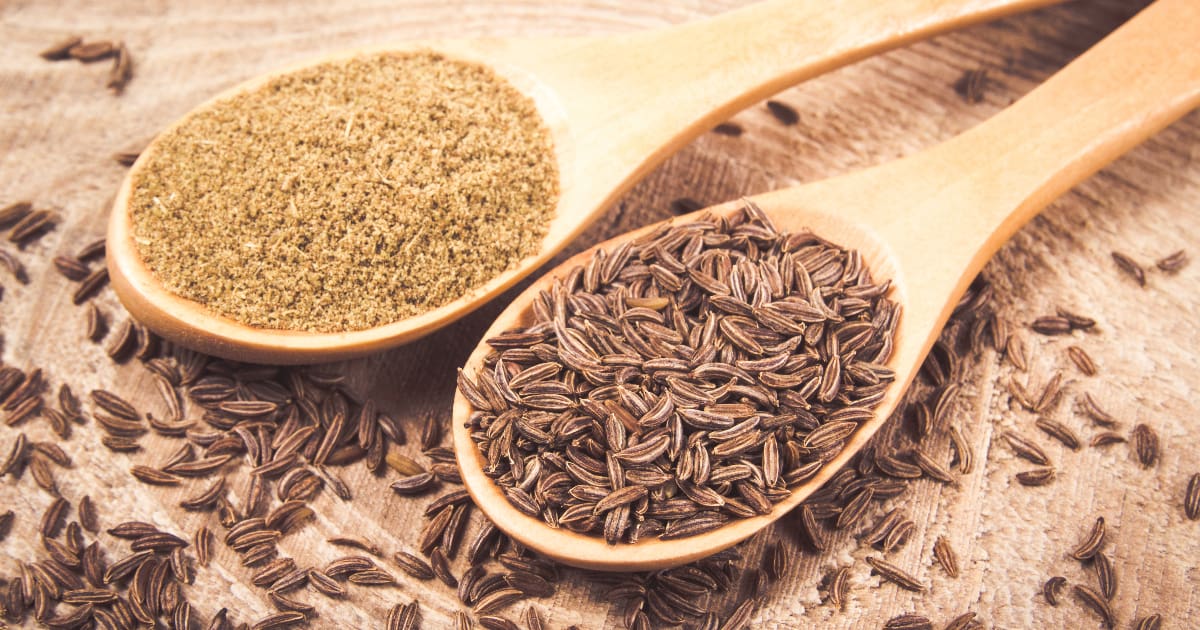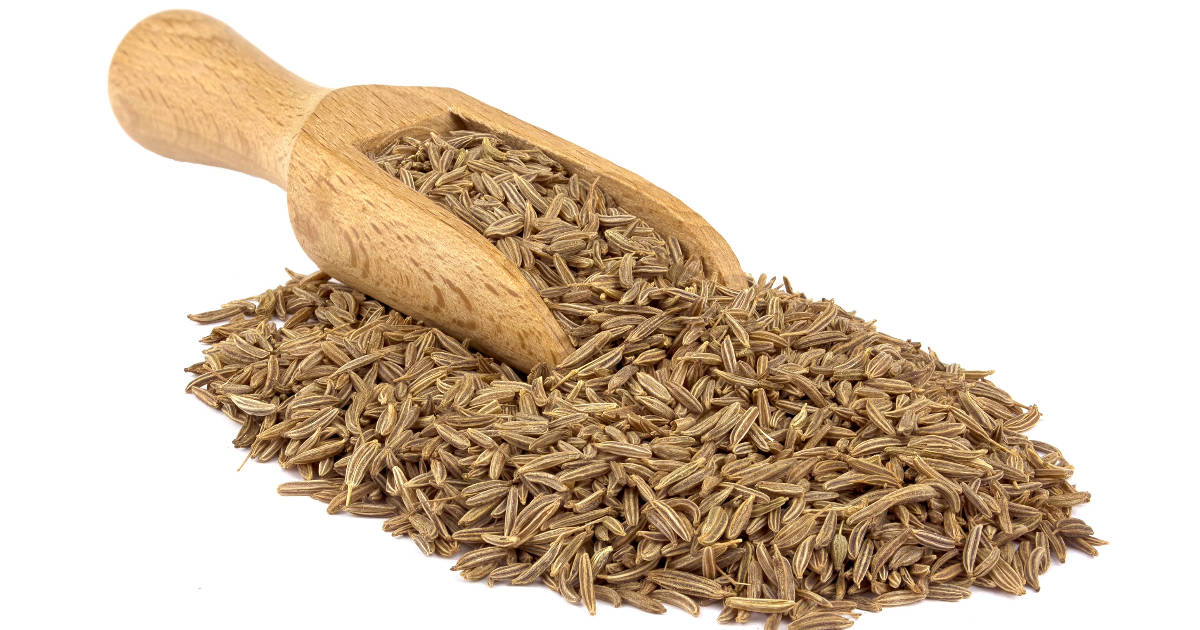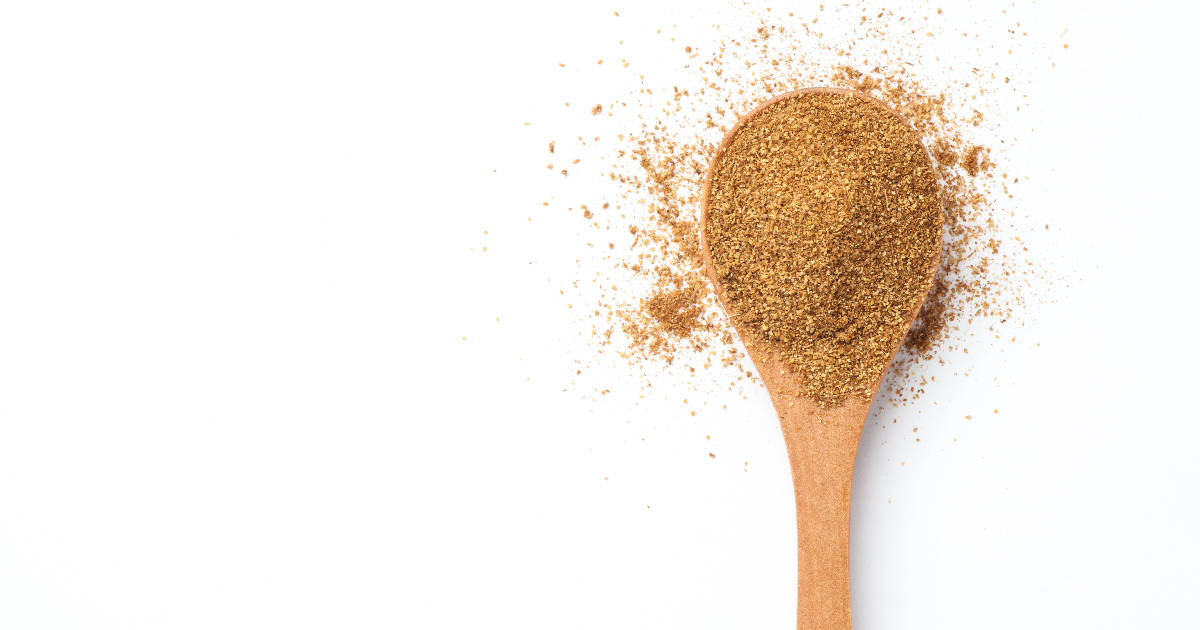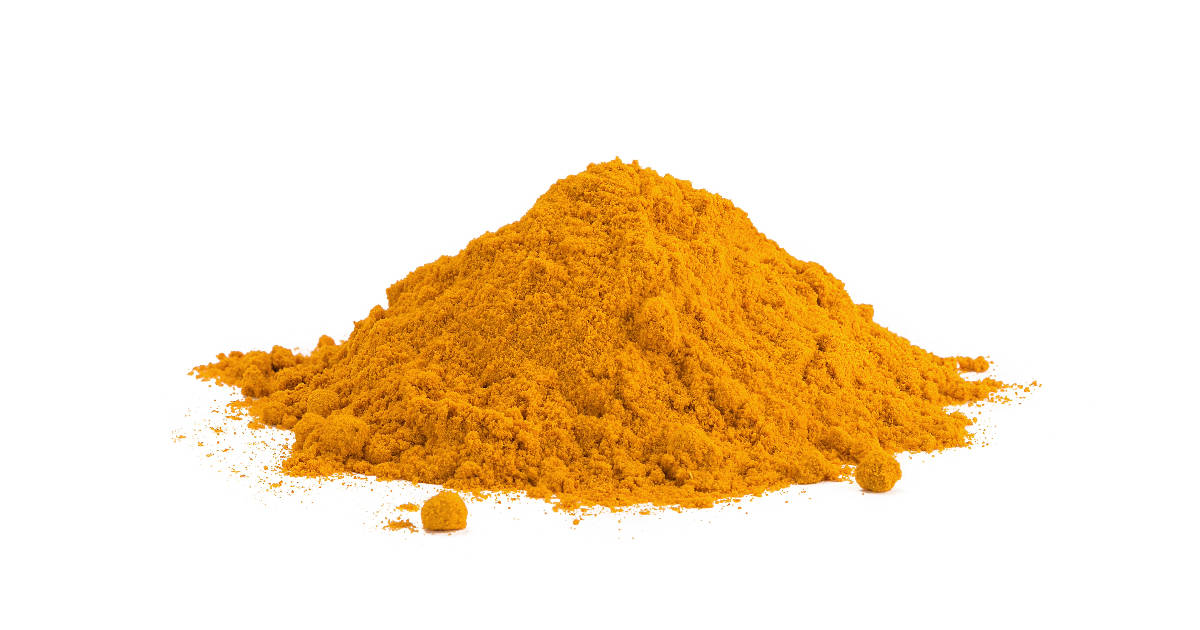Cumin is a versatile and aromatic spice that adds warmth and earthiness to dishes ranging from curries to tacos. It comes from the dried seed of the Cuminum cyminum plant and is available in two main forms - whole cumin seeds and ground cumin powder.

Both options boast a similar flavor profile with some key differences in intensity, texture, appearance, shelf life, and ideal culinary uses. So how do you choose which one to use?
Understanding the nuances between cumin seeds and cumin powder allows you to make the best choice for your recipes. Join us as we dive deep into all aspects of these two beloved spices.
Cumin Seeds

Cumin seeds are the dried, whole fruit of the cumin plant. They are small, narrow seeds that resemble caraway seeds in appearance.
The most commonly used variety has a yellowish-brown color. But you can also find black cumin seeds which are thinner, darker, and more curved.
Cumin seeds have a powerful, earthy aroma with hints of warmth and bitterness. Their potent flavor pairs well with other assertive spices.
Here's a quick low-down on this whole form of cumin:
- Appearance - Small, narrow, oblong, yellowish-brown seeds.
- Flavor - Potent, earthy, warm, slightly bitter.
- Aroma - Powerful, musky, penetrating.
- Texture - Crunchy when raw, softens when cooked.
- Uses - Best toasted or fried in oil to release flavors. Widely used in Indian, Middle Eastern, and Mexican cuisines.
- Shelf life - 1-2 years when stored properly in an airtight container.
While you can use cumin seeds as-is, dry roasting brings out their full flavor and aroma beautifully.
This versatile spice stars in everything from curries, stews, and rice to meat rubs, tacos, and vegetables.
Cumin Powder

Cumin powder is made by simply grinding whole cumin seeds into a fine powder. It allows you to instantly add cumin's taste and aroma without the step of dry roasting.
Here is a summary of its characteristics:
- Appearance - Fine, sand-like texture. Light brown to dark brown color.
- Flavor - Warm, earthy, bitter - but milder than cumin seeds.
- Aroma - Musky and penetrating but less powerful than whole seeds.
- Texture - Smooth, mixes seamlessly into dishes.
- Uses - Convenient for rubs, marinades, spice blends, stews, etc.
- Shelf life - 4-6 months due to greater exposure to oils.
Thanks to its fine texture, cumin powder effortlessly blends into sauces, rubs, and spice mixes.
It stars in chili powders, taco seasonings, barbecue rubs, soups, curries, marinated meats, and more.
Cumin Seeds vs. Cumin Powder: Key Differences
Now that you know the basics of cumin seeds and powder, let's contrast them to help you determine when to use each one.
Intensity of Flavor and Aroma
Whole cumin seeds offer a bolder flavor and aroma compared to pre-ground cumin powder.
When you grind seeds, some of the essential oils get released, causing a loss of intensity. Using freshly ground powder minimizes this.
For a powerful cumin kick, go for dry roasted seeds. For milder, more restrained flavor, use store-bought powder.
Texture
Cumin seeds provide a subtle crunch when used whole or coarsely crushed. Their robust texture stands up well to cooking.
Cumin powder has a fine, smooth texture that seamlessly blends into rubs, spice blends, sauces, and marinades.
Ease of Use
Cumin powder offers convenience as you can directly measure and add it to recipes without any prep work.
Cumin seeds require dry roasting or frying in oil to release their essential oils and achieve full flavor. This takes more time and effort.
Shelf Life
Thanks to their low surface area and intact flavor oils, cumin seeds last 1-2 years when stored properly.
On the other hand, cumin powder has a shorter shelf life of 4-6 months. Grinding exposes more surface area to air, heat, and light, causing the oils to dissipate faster.
Color
Cumin powder can alter the color of light-hued dishes thanks to its brownish hue.
The whole cumin seeds blend in more subtly when used in rice, salads, and other delicately colored recipes.
Cost
Cumin powder is typically more expensive by weight compared to whole cumin seeds. You pay for the convenience of pre-ground spice.
Considering that seeds require roasting and grinding, the costs may even out in the end. But buying whole seeds lets you grind small batches so none goes stale.
How Much Cumin Powder Equals Cumin Seeds?
When substituting cumin seeds for powder or vice versa, use the following conversions as a guide:
- 1 teaspoon cumin seeds = 3/4 teaspoon cumin powder
- 1 tablespoon cumin seeds = 2 teaspoons cumin powder
- 1/4 cup cumin seeds = 3 tablespoons cumin powder
The exact ratio can vary slightly depending on the coarseness of the powder and the size of the seeds. Start with less powder and adjust the taste as needed.
Using Cumin Seeds in Recipes
Here are some delicious ways to use whole cumin seeds to add flavor and texture:
Toasting the Seeds
Dry roasting cumin seeds in a skillet brings out their aroma beautifully. It only takes 3-4 minutes of constant stirring. Watch closely to avoid burning.
You can add the toasted seeds directly to dishes or grind them into fresh powder.
Tempering the Seeds
In this classic Indian technique, you briefly fry cumin seeds in hot oil to release their flavor. Then drizzle the oil and seeds over dals, curries, or vegetables.
Seasoning Dishes
Sprinkle toasted or raw cumin seeds into curries, dry rubs, marinades, rice dishes, salads, yogurt, and soups. They add texture and bursts of flavor.
Infusing Oil
Steep cumin seeds in oil for a few hours, then strain and use the flavored oil to dress salads, drizzle over pasta, or sauté veggies.
Spice Blends
Toast the seeds, then grind them with other spices like coriander, turmeric, and chili to make homemade garam masala or curry powder.
Pickling Spice
Add whole or coarsely ground cumin seeds to pickling brines and marinades to infuse vegetables and fruits with their warmth.
Using Cumin Powder in Recipes
Thanks to its fine texture, ground cumin powder seamlessly blends into all kinds of dishes:
Seasoning Meats
Rub cumin powder combined with other spices like chili powder, paprika, and garlic into meats before grilling, roasting, or pan-frying.
Flavoring Sauces
Stir some into tomato sauces, gravies, and pan sauces to add depth of flavor. It's excellent in Mexican mole sauce.
Marinating Protein
Blend it into wet spice rubs and marinades for proteins like chicken, lamb, fish, and lentils. Its piercing fragrance infuses the meat.
Spicing up Soups
Add it to beans, lentils, tomato, and vegetable soups. Cumin powder gives them warmth and complexity.
Baked Goods
Add a pinch to enhance breads, biscuits, scones, and other baked goods with a subtle earthy aroma.
Curries and Stews
It's a key ingredient in curries and is fantastic in chili, dal, chana masala, aloo gobi, etc. Use it judiciously to avoid overwhelming other spices.
Pickling and Fermenting
Mix cumin powder into brines or dry spice blends for pickles, sauerkraut, kimchi, and other fermented foods.
Storing Cumin Properly
To retain the signature aroma and flavor of cumin for as long as possible:
- Store both cumin seeds and powder in airtight containers in a cool, dark place away from heat, moisture, and direct sunlight.
- If you live in a hot, humid climate, consider refrigerating the spices.
- Buy small quantities of pre-ground cumin powder to prevent deterioration.
- Label containers with purchase or opening dates for easy monitoring of freshness.
- Smell and taste periodically to catch stale spices before they ruin recipes.
Cumin Substitutes in a Pinch

While nothing quite matches cumin's unique flavor, these spices can work in a pinch:
- Chili powder - Provides smoky fruitiness.
- Caraway seeds - Earthy and slightly sweet.
- Garlic powder - Adds savory pungency.
- Curry powder - Imparts a blend of spices like coriander, turmeric, and fenugreek.
Start with half the amount of cumin called for and adjust accordingly. Combining two or more substitutes can help approximate cumin's complexity.
Cooking Tips for Cumin
Follow these tips when cooking with cumin:
- Dry roast or fry cumin seeds briefly to release their essential oils and achieve full flavor. Don't let them burn.
- For a well-balanced dish, use cumin judiciously since it can overpower other ingredients if you overdo it.
- Add cumin early in the cooking process so the flavors have time to develop fully.
- To complement cumin, combine it with spices like coriander, cinnamon, paprika, and chili.
- If a dish tastes too bitter from excess cumin, add a pinch of sugar to balance it out.
- Add dairy like yogurt or cream to mellow out the intensity of the cumin flavor.
FAQ
Which is better: cumin seeds or cumin powder?
Cumin seeds offer robust flavor and aroma, while cumin powder provides convenience. Choose seeds when you want an intense cumin punch and don't mind roasting them. Opt for powder for ease of use and milder flavor.
Do cumin seeds and powder taste the same?
While both provide an earthy, warm flavor, cumin seeds taste more potent and complex compared to pre-ground powder. Freshly grind the seeds for the maximum intensity that comes close to the whole seeds.
Can you use cumin powder instead of cumin seeds?
Absolutely! Cumin powder can directly replace cumin seeds in most recipes. Use 3/4 teaspoon of powder per 1 teaspoon of seeds. Adjust to taste.
How long do cumin seeds last compared to cumin powder?
Whole cumin seeds keep their flavor and aroma intact for 1-2 years in an airtight container stored properly. Ground cumin powder lasts only 4-6 months before losing potency.
What are the health benefits of cumin?
Cumin may aid digestion, boost immunity, and reduce inflammation. It provides manganese, iron, magnesium, and other vitamins and minerals. Both forms offer similar benefits.
Conclusion
So should you grab cumin seeds or powder on your next spice run?
Cumin seeds shine when you want bold cumin flavor and aroma with a touch of texture. Their flavor holds up well to assertive spices and long cooking times. Curries, tacos, and rice benefit from their rustic taste and crunchy pop.
Keep cumin powder stocked for convenience, ease of blending into rubs and marinades, and a smoother texture. It quickly infuses mild, earthy cumin taste into dishes without heavy prep work.
For the best of both worlds, keep cumin seeds on hand to dry roast and grind small batches of fresh, robust powder at home.
Whichever form you choose, cumin's warm, penetrating flavor and enticing fragrance will elevate soups, stews, curries, meats, and more. Let this versatile spice become your secret ingredient!

